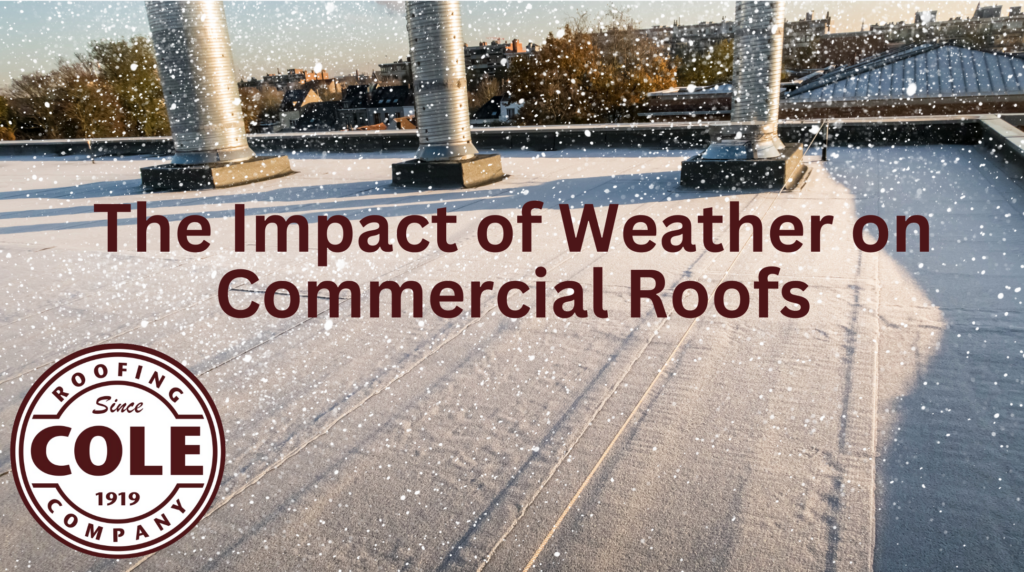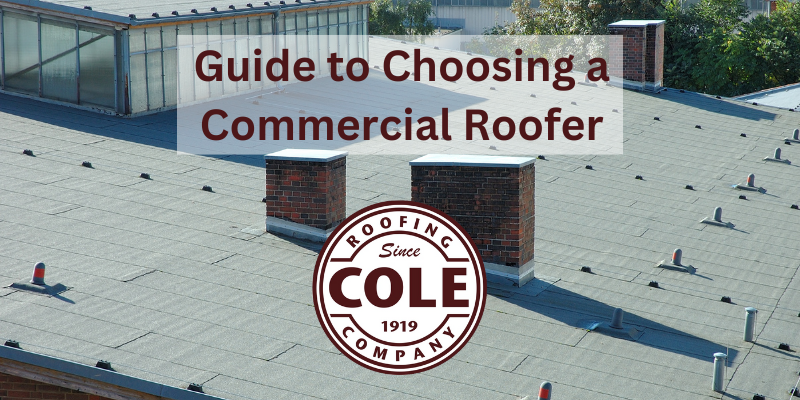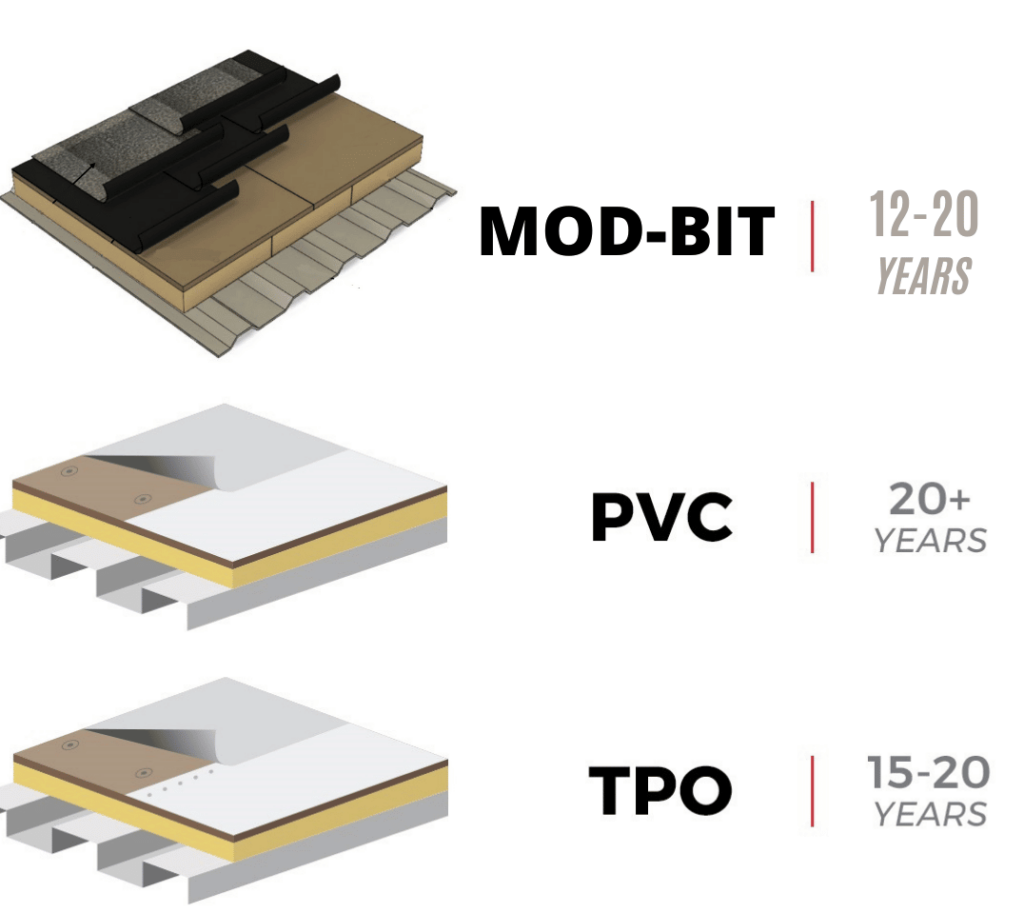
The Impact of Weather on Commercial Roofs: What You Need to Know!
At Cole Roofing, we understand that your commercial roof is a significant investment, and protecting it from the elements is crucial. Weather conditions can have a profound impact on the longevity and performance of your roof. Here’s how different weather patterns can affect your commercial roof and what you can do to mitigate the damage. Sun and Heat Prolonged exposure to the sun can cause roofing materials to deteriorate over time. UV rays can break down the chemical bonds in ...

Guide to Choosing a Commercial Roofer
When it comes to selecting a commercial roofer, making the right choice is crucial for the longevity and safety of your building. At Cole Roofing, we understand the importance of this decision and are here to help you navigate the process. Here are some key factors to consider when choosing a commercial roofer: Experience and Expertise Look for a roofing company with a proven track record in commercial roofing. Experience matters, as it ensures the roofer has the knowledge and ...

The Hidden Costs of Neglecting Commercial Roof Maintenance
Your commercial building’s roof is often overlooked, yet it’s one of the most critical components of your property. It shields your business from the elements, protecting your assets and your employees. However, like any other part of your building, your roof requires regular maintenance to ensure optimal performance. Why is Roof Maintenance Essential? Prolonged Roof Lifespan: Regular inspections and repairs can significantly extend the life of your roof. Reduced Energy Costs: A well-maintained roof can improve energy efficiency, lowering your ...

Winterizing Your Commercial Roof: A Guide from Your Roofing Experts
Winter can be particularly harsh on commercial roofs, leading to potential damage, costly repairs, and even leaks. To safeguard your investment, it’s crucial to take preventative measures to winterize your roof. Here’s a comprehensive guide from your trusted commercial roofing company, Cole Roofing: Why Winterize Your Commercial Roof? Prevent Water Damage: Winter storms can bring heavy snowfall and ice, leading to water buildup and potential leaks. Protect Against Ice Dams: Ice dams can form along roof edges, causing water to back up ...

All Commercial Roofs Are Not The Same
Some systems are better for some applications than others. For example, PVC roofs are better on restaurant roofs than some other materials because they are highly resistant to exhaust grease and other substances. Highly reflective – “cool” – thermoplastic systems like PVC and TPO can add value to your bottom line, because they reduce the amount of heat penetrating your building, in turn reducing the energy needed to cool it. Cool roofing systems can also help extend the life of ...
